Program of the excursion to the Burgundy Region
(Chablis - Vézelay - Dijon -Abbaye de Fontenay) (Français ![]() )
)
Coming soon
The travel you can't just miss !!!.
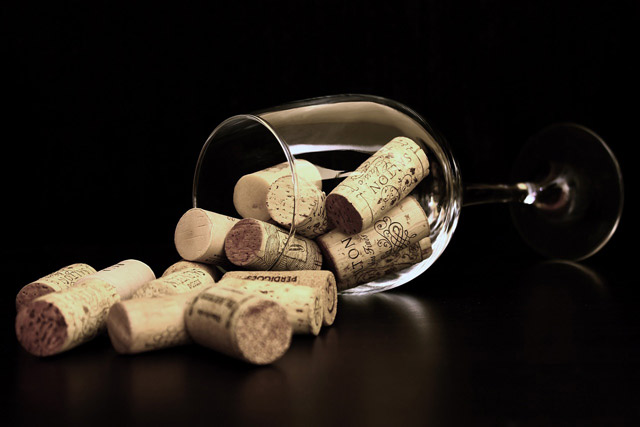 Source : Pixabay Source : Pixabay |
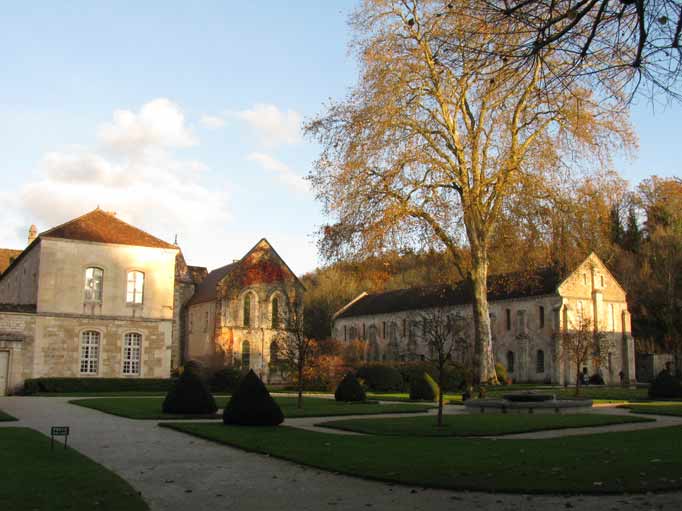 Source : CIJP Source : CIJP |
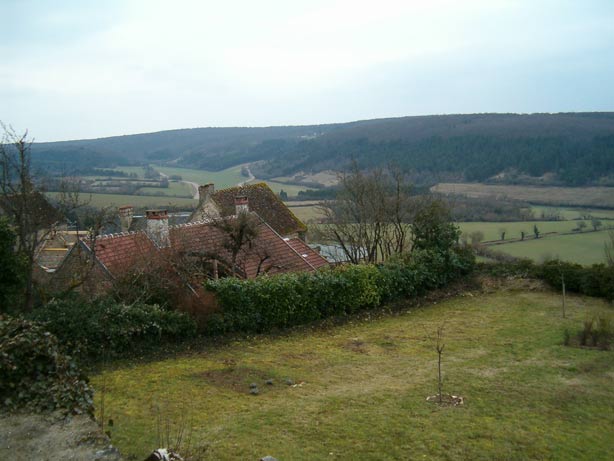 Source : CIJP |
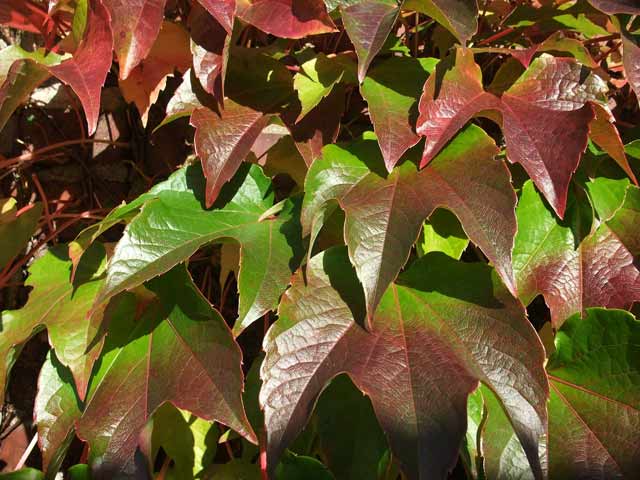 Source : Pixabay |
Come discover the village which gave its name to one of France’s most famous wines!
Chablis Grand-Cru, Chablis Premier-Cru, Chablis and Petit-Chablis are all reputed names within the winemaking industry.
This vineyard’s story begins in the 12th century with the monks of neighboring Pontigny Abbey. The wine starts out by being sold locally, followed by exports to Northern Europe (England, Germany, Belgium and the Netherlands), Russia and the USA. In the 19th century, Tolstoy even compares it to Champagne wine!
!
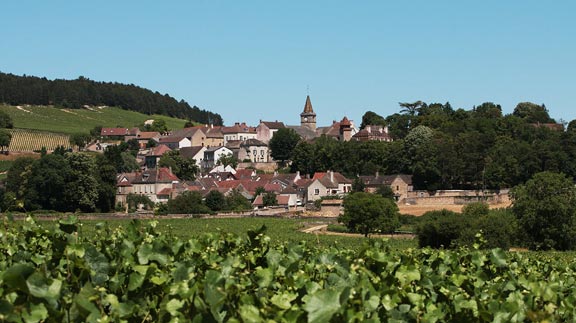
Source : Pixabay
Le village et les vignes de Chablis
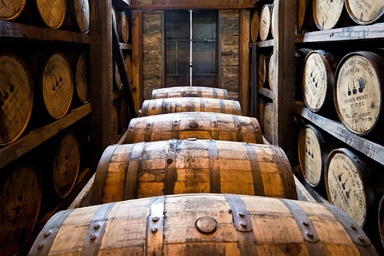
Source : Pixabay
Chablis wine
Chablis winemaking was a community affair. Each district had its wine press. The one used by the 12th century monks is still there. After having crushed and cleaned the grapes, the juice ferments for two to three weeks and converts into alcohol. After that, it’s necessary to wait at least eight weeks (quality control and oxygenation) before this wine can be bottled. This procedure isn’t unique to the city of Chablis. So what is the secret of Chablis wine? That’s what you’ll learn from the Connoisseurs Cellar’s winemakers. In this 13th century cellar, you’ll be able to taste Chablis wine, as well as other red, white and rosé wines from the Burgundy region.
VEZELAY
From the top of its hill, the Saint-Magdelene Basilica proudly rules over the village of Vézelay. It fact, its creation led to some incredible events. The Abbot of Vézelay claimed to have brought back with him relics of Mary Magdalene, and had a church built there. Just hearing about this attracted pilgrims by the thousands. The village grew, and so did the Basilica. The town became so famous that the King of France, Philip II Augustus (1165-1223), and the King of England, Richard I “the Lionheart” (1157-1199), chose Vézelay as the starting point for the Third Crusade.
It’s surely the status of this nexus of Medieval Christianity that lured many pilgrims going to Santiago de Compostela (Spain). Arriving from Belgium, the Lorraine or Champagne regions, they spent the night in Vézelay and then continued on towards Bourges or Nevers
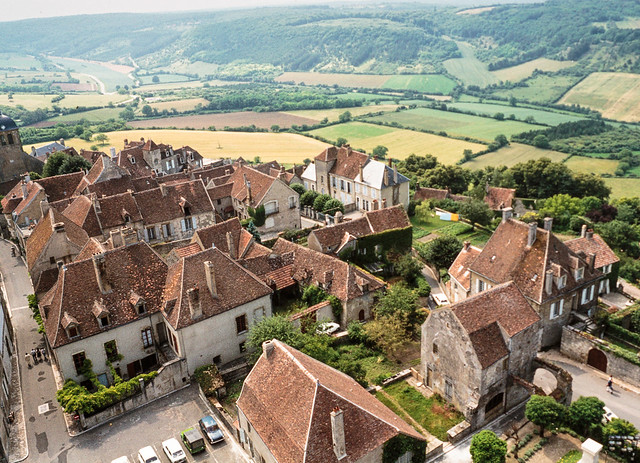
Source : alh1//Flickr
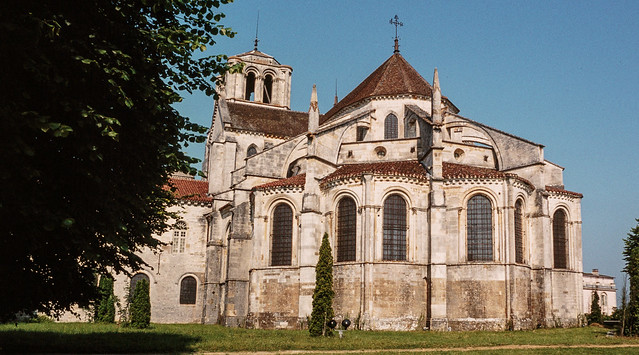
Source : alh1//Flickr
hdfghdfghdf
The Basilica
Now listed as a UNESCO World Heritage Site, the Saint-Magdelene Basilica dates back to the 11th and 12th centuries. After a fire, part of the church had to be re-built, which explains the mixture of Romanesque (facade and nave) and Gothic (choir) architectural styles. This church’s uniqueness and beauty is due to three elements; the nave, facade and column capitals. The nave is supported by bicolored (white and brown) arcs, while the facade and capitals contain 12th century sculptures.
Built to hold large numbers of pilgrims, it is of great length (62.5 meters) and its narthex (lobby) is incredibly spacious. As often occurs in the Burgundy region, a crypt dating back to the Carolingian dynasty (9th century) is located under the Basilica.
- Meeting at 6.30 am on the stairs of the Opéra Garnier (metro Opéra, lignes 3-7-8 and RER A, station Auber)
- Departure for Chablis
- Visit of the wine cellar and wine tasting
- Departure for Vézelay
- Time for lunch
- Guided tour of the countryside and the basilica of Vézelay
- Departure for Dijon
- Diner and an evening out at Dijon
- Night at the hotel in the city center of Dijon
Saturday's program : |
DIJON
Sandwiched between the Habsburg’s Germanic Empire and the Kingdom of France, Burgundy is a unique region that the Dukes of Burgundy, and then the Princes of Condé managed to defend and develop. Dijon, capital of the Burgundy region, illustrates this prosperous past. The Palace of the Dukes, the former nobility’s private hotels (Hotel Le Chambellan, Hotel Legouz de Gerland, Hotel Millotet), the numerous Gothic style churches, as well as the medieval timber-frame houses are all relics of this period. Every alley is a voyage to the past and the inspiration of dreams.
Immerse yourself in this fascinating past by visiting the “Musée de la Vie Bourguignonne”, Museum of Archeology or Museum of Holy Art.
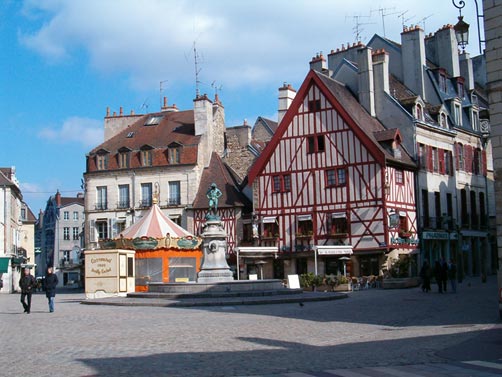
Source : CIJP
Place Bareuzai (Dijon)

Le Palais des Ducs
Source : Roger Nelson//Flickr
The Palace of the Dukes
Built in 1365, the Palace of the Dukes represents 700 years of the Burgundy region’s political life. With its 46 meter height, the tower symbolizes the power of the Dukes of Burgundy. If you’re brave enough to climb its 316 steps, you’ll have the privilege of admiring Dijon and the surrounding area as did before you the soldiers looking out for enemy attacks.
The Museum of Fine Arts
Part of the Palace of the Dukes, the Dijon Museum of Fine Arts is a must see, as much for its architectural style as its exhibitions. You’ll be able to see the crypts of the Dukes of Burgundy, as well as the creations of famous painters such as Veronese, Titian, Rubens, Le Brun, De la Tour and Géricault.
The “Musée de la vie bourguignonne”
The “Musée de la vie bourguignonne” is located in the Bernardine cloister. On two floors, you can discover the 19th and 20th century traditions of Dijon and the Burgundy region. Costumes, furniture, exhibitions, movies and shop reconstitutions will help you better understand life in the Burgundy region.
The Museum of Archeology
The Burgundy region’s archeological artifacts, from pre-history to the Middle Ages, are exhibited in the former Saint-Bénigne Abbey. Enter the magical world of Sequana, the Gaulish goddess. Admire the magnificent Romanesque and Gothic style sculptures. Discover the Blanot treasure with its decorations and kitchenware. Finally, travel back to the Merovingian period and admire the Burgundians’ costumes and jewellery!
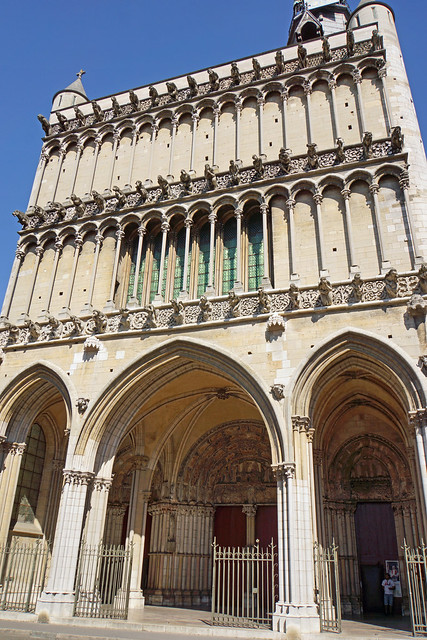 |
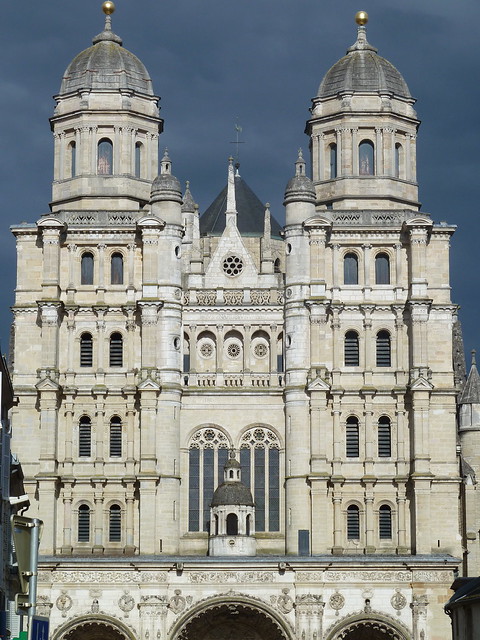 |
La façade de l'église Notre Dame |
L'église Saint Michel |
Source : Dennis Jarvis/Luca Sbardella/Flickr |
|

Source : Pixabay
The Fontenay Abbey holds the distinction of being one of Europe’s oldest Cistercian abbeys Founded in 1118 by St Bernard in a marshy Burgundy valley, the abbey has not change its magnificient Romanesque style. Except for the refectorywhich was destroyed, all the rooms have been perfectly conserved : church, dormitory, cloister, council room, heating room, lodging for the abbots and the forge. Today, Fontenay attracts more than 120,000 visitors from around the world. Apart from the visits, many cultural activities (Concerts, theatre, ...) are organized in the abbey.
The Cistercian Order is a religious order that was founded during the 11th century in the Burgundy region, and spread quickly throughout Europe. The monks lived according to very austere rules, without any luxuries. This lifestyle choice explains the Fontenay Abbey’s simple architectural style. Following the French Revolution, this center of prayer was converted into a paper mill until the early 20th century. Now listed as a UNESCO World Heritage Site, the Abbey opens its doors to the public.
The monastic life
The life of a Cistercian monk at Fontenay consisted of prayer and work. They split their time between the church, the chapter house where they made copies of books, and the garden where they tilled the soil. While there, you'll also be able to visit other living spaces such as the dormitory where the monks all slept together on the straw floor, the cloister where they ran into each other throughout the day, the pisalis, infirmary, forge, refectory and bakery.
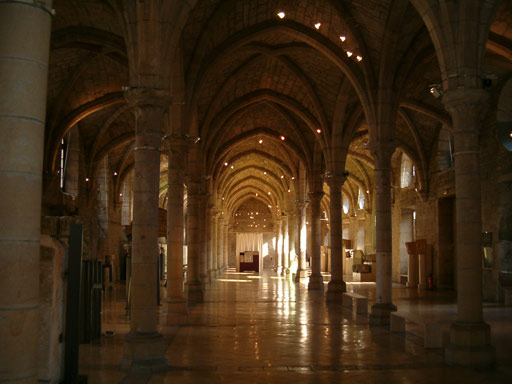
Source : CIJP
Sunday's program:
|
For more information : : Contact CIJP |
Price : 120€ full payment before*
( Definitive reservation only on full payment)
are included :- transport by coach
- guided visits and entrance to the Abbey of Fontenay
- Accommodation in shared rooms (from 3 occupants) or double room (with 7 € extra/people)
- Breakfast of Sunday Morning
*An additional 7 € per person for double rooms
*An extra 5 € will be added to the price for all reservations after this date
Click here to see the terms of participation
*Definitive reservation only on full payment.
